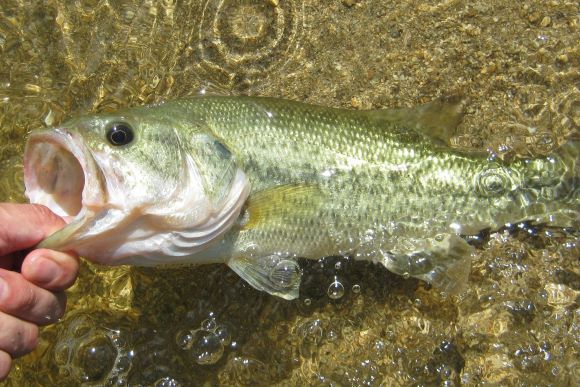
The appearance of Largemouth bass (Black bass)
Common name: Largemouth bass, American Black Bass, Green Bass, Green Trout, Large-Mouth Bass, Largemouth, Largemouth Bass
Japanese name: Black bass (ブラックバス)
Taiwan common name: 大口黑鱸、黑鱸、加州鱸、淡水鱸
Chinese common name: 大口黑鲈
French common name: Achigan, Achigan à grande bouche, Black bass, Black-bass à grande bouche
German common name: Amerikanischer schwarzbarsch, Barschforelle, Forellenbarsch, Großmäuliger schwarzbarsch, Kleinmauliger schwarzbarsch
Spanish common name: Black-bass, Huro
Portuguese common name: Achiga, Achigã, Achiqã, Black bass, Boca grande
Scientific name: Micropterus salmoides (Lacepède,1802)
Nigiri sushi detail: Largemouth bass (Black bass) Nigiri sushi
Characteristics:
Largemouth bass (Black bass) is widely distributed in North America from the Great Lakes region to the Mississippi River basin, central and eastern areas up to the Mexican border, and the Florida Peninsula. It inhabits natural lakes, dams, reservoirs, park ponds, and the middle and lower reaches of rivers.
Black bass were released into Lake Ashi in Kanagawa Prefecture in 1925 as a freshwater edible fish and eventually spread throughout Japan. It has a body shape similar to that of the Suzuki, with a large head and mouth. It has a greenish-brown body with black longitudinal stripes.
Black bass are a popular target for sport fishermen. It is also an important food fish in North America and Southeast Asia. In Japan, black bass, blue gill, and other non-native fish are designated as “Specified Invasive Alien Species” because of the damage they cause to the ecosystem.
The meat is similar to that of Suzuki, etc. It contains 372 mg of taurine per 100 g, 10 times more than Bonito (Katsuo), and its value as a food is being reevaluated. Fresh ones can be made into sashimi. The skin and entrails have a slight odor, so they should be removed before cooking. This is thought to be a water quality problem. Black bass used to be a substitute for Japanese sea bass (Suzuki) and Pacific cod (Madara).
Share this article